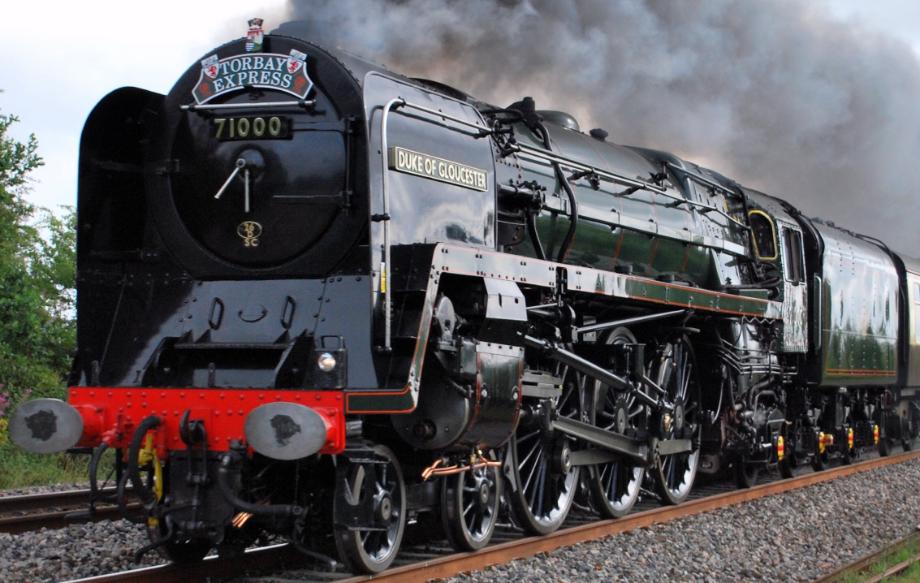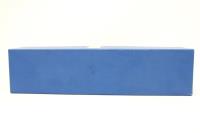4-6-2 Class 8P Duke of Gloucester BR Profile and Models

71000 'Duke of Gloucester' in Somerset in July 2010. ©Hugh Llewelyn
|
The BR Standard Class 8 was a class of 4-6-2 Pacific steam locomotive designed by Robert Riddles for use by British Railways. Only the prototype was constructed, named Duke of Gloucester. Constructed at Crewe Works in 1954, the Duke, as it is popularly known, was a replacement for the destroyed LMS Princess Royal Class locomotive number 46202 Princess Anne, which was involved in the Harrow and Wealdstone rail disaster of 1952. The Duke was based on the BR Standard Class 7 Britannia design. It incorporated three sets of modified Caprotti valve gear. The Duke was regarded as a failure by locomotive crews due to its poor steaming characteristics and its heavy fuel consumption. Trials undertaken by British Railways also returned negative feedback, reporting problems with the poor draughting of the locomotive which resulted in difficulty adhering to the timetables.The result was an operational period of only eight years. This unique locomotive was saved from being scrapped at Woodham Brothers scrapyard in Barry, South Wales when it was purchased by a group of railway enthusiasts. |
|
|
Type of Locomotive |
Steam |
|
Builder |
BR Crewe Works |
|
Build Date |
1954 |
|
Total Built |
1 |
|
Tractive Effort |
39,080 lbf |
|
Wheel Configuration |
4-6-2 |
|
Operated By |
British Railways |
|
Main Duties |
Passenger |
|
In Service Until |
1962 |
|
Surviving Examples |
1 |
Products awaiting categorisation
| Scale | Brand | Image | Construction Type | DCC Capability | Product Code | Product Title | Livery |
|---|---|---|---|---|---|---|---|
| OO Gauge (1:76 Scale) | DJH Model Railway Kits |

|
Requires assembly | Not set |
K50 View |
BR std class 8 Duke of Gloucester 4-6-2 | Awaiting Categorisation |
| OO Gauge (1:76 Scale) | Golden Arrow |

|
Requires assembly | Not set |
Golden001DUKE View |
BR Standard Class 8 4-6-2 - 71000 'Duke of Gloucester' - Resin Kit (Loco Body and Tender ONLY) | Awaiting Categorisation |


 BR green with early emblem
BR green with early emblem
 BR green with late crest
BR green with late crest